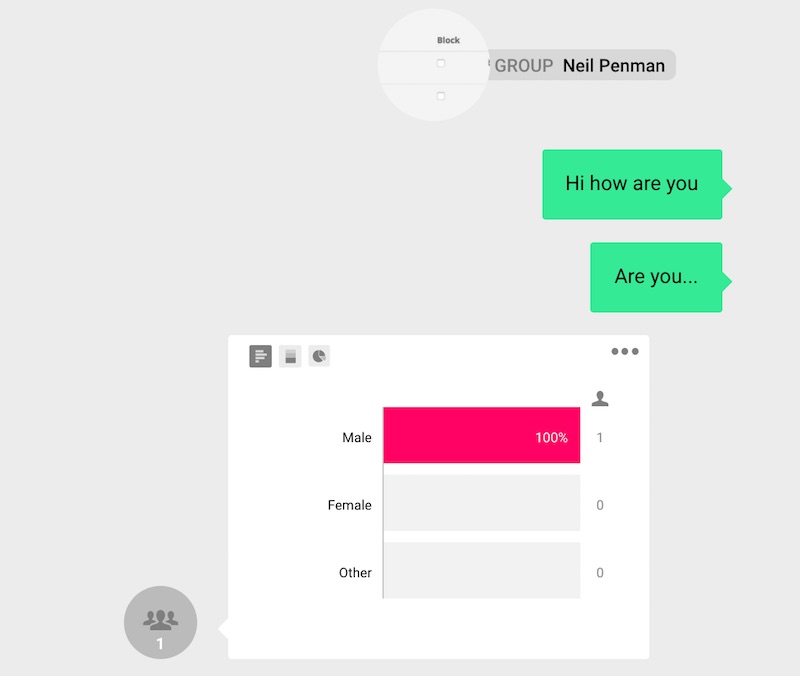New Features
User activity views have been added to the dashboard. If you open a table view or a map view then you can specify the subject as “User Activity”. Then select a user to show their activity.
The source of data, such as the form name that was used to collect it, or the file name that was imported is now shown in the table view on the dashboard.
Added display_name to choices. Display names have been available for questions for a while. These allow you to specify a name to replace the question name in reports but one that is not constrained by the limitations of the odk question name. For example you can include spaces. These are now available for choices. This is particularly useful for select_multiple questions as now you can replace default column headers such as “Question Name – choice_name” with something more meaningful such as “The selected choice 10 !!!!”.
Add the ability to restrict activity within an organisation. For example you can prevent the submitting of any new survey results, access to the data api or sending of notifications. If any change is made to these settings the organisation owner will be notified by email.
Added some initial customisation of the webform page appearance. For example you can now set background colours for some of the components.
Add a new data processing option to reports. Transformation of data from Long to Wide. hence if you have done a longitudinal survey you can get a report on things within that survey with one row per thing and all the time series data converted to additional columns.
Added some settings data into a settings workbook when creating an excel report. This now shows the timezone used in the report as well as the start and end time of any date filtering applied.
Bug Fixes
- Replacing a select_one question with a select_multiple question after data collection had started caused further submissions to the form to fail. Now fixed.
- Multiple bug fixes in webforms. Images in choices now work again as does the selection of drop down select questions.

